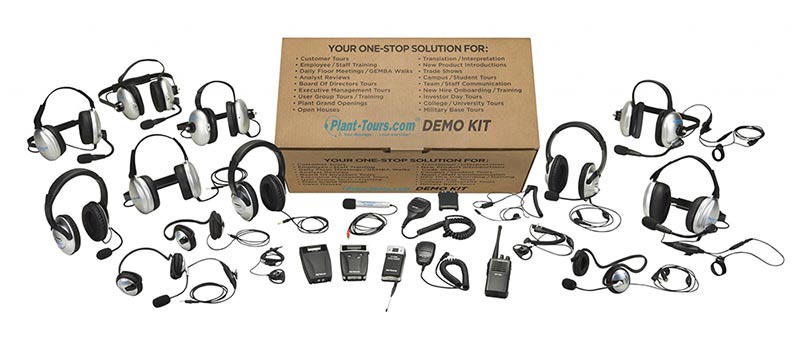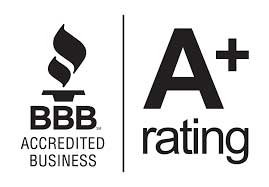In the fast-paced world of healthcare, where every decision can have life-altering consequences, clear and effective communication is the backbone of patient safety. Yet, communication breakdowns remain a persistent issue, contributing to medical errors and jeopardizing care quality. The issues are often rooted in two major factors: deeply ingrained cultural habits—where unclear messages and missed updates are seen as unavoidable—and the failure to fully leverage modern communication technologies designed to prevent such errors.
But this doesn’t have to be the norm. I’ve consulted many healthcare providers over the years on the benefits of adopting communication tools designed for healthcare, standardizing protocols, and fostering a culture that values transparency and collaboration. By doing so, they were able to bridge these gaps and improve outcomes. In this article, we’ll explore the impact of poor communication in healthcare, identify common barriers, and highlight actionable strategies for creating a more connected and effective healthcare environment.
The Main Effects of Poor Communication in Healthcare
Poor communication is common in healthcare settings and can lead to severe consequences, including medical errors, lawsuits, reduced quality of care, and preventable deaths. The core issues:
- Communication failures are partly responsible for a significant number of medical malpractice lawsuits and preventable deaths.
- More than half of patients experience poor communication from healthcare providers.
- The most serious issues with communication failures tend to occur during shift changes and patient handover.
- Poor communication also leads to misdiagnoses, treatment delays, and resource wastage.
- Increased stress levels among healthcare workers and higher staff turnover rates due to reduced job satisfaction are common in healthcare facilities with communication issues.
However, I’ve seen patient care quality significantly improved simply by identifying communication breakdowns and preventing them from cascading into serious patient safety issues. Improved communication tools and training reduce treatment delays, patient safety incidents, staff turnover, and diagnostic errors.

Importance of Effective Communication Between Staff
Effective communication is a foundational requirement for patient safety and operational efficiency.
Between Doctors and Nurses
Communication breakdown between doctors and nurses can endanger patients and demoralize staff. Time pressures, fatigue, and emotions can all play a part in the blame game. Still, the underlying problem can often be a symptom of the hierarchical culture and outdated communication systems.
The best solution combines structured communication protocols, technology such as two-way radios, and cultural transformation through training and leadership development. Success depends on leadership support and continually measuring outcomes in daily practice, transforming the doctor-nurse relationship from hierarchical to collaborative for safer, more effective patient care and medical error reduction.
Between Nurses and Nurses
Poor communication between nurses represents a critical patient safety issue that seriously impacts healthcare quality and morale. However, all too often, I have seen that the traditional approach is one of ‘quick fixes’ and tends to be little more than a box-ticking exercise, which proves insufficient to address the problems in any meaningful way. Solutions that create a foundation for meaningful improvement combine protocols, technology, and cultural change. Implementing the SBAR framework and integrating digital communication tools is a proven method of improving communication. However, it can be a challenging solution as it requires shifting from a hierarchical to a collaborative nursing culture with consistent and ongoing reinforcement of new communication practices.
Organizations I have worked with report significant improvements in patient safety metrics and staff satisfaction when adopting this more comprehensive approach to communication issues. However, the feedback we receive is that success lies in making these changes a permanent part of the organization rather than some temporary initiative. When properly executed, the result is worth the investment: safer, healthier patients and happier nursing teams working together.
Between Administrative Staff and Clinicians
Communication problems between administrative staff and doctors or pharmacists can create unnecessary friction, increase patient wait times, and ultimately compromise patient care. I recall observing in a hospital where simple administration issues such as insurance verification and bed availability updates could involve around 30 minutes of phone tag for a single patient. However, after a few months of implementing standardized communication protocols, errors and emergency interventions were reduced, response times were improved, and information was readily available to all relevant staff in real-time. When administrative staff and clinicians can communicate effectively and seamlessly share information, everyone wins, especially the patients.

Common Barriers to Effective Communication
According to PubMed, effective communication in healthcare settings is essential for high-quality healthcare delivery. However, several barriers challenge the seamless exchange of information between healthcare providers, professionals, and patients. These obstacles can compromise the quality of care and lead to medical errors and increased healthcare costs. Patients and staff are increasingly diverse in modern healthcare environments, and healthcare delivery systems and technology are growing more complex.
Addressing communication barriers is more crucial than ever. Communication barriers manifest in various forms, each presenting unique challenges. Identifying and understanding these barriers to effective communication is the first step toward developing strategies to overcome them.
Common obstacles that consistently impede healthcare communication include:
| Barrier | Impact |
| Environmental Noise | Reduces clarity of verbal communication |
| Time Constraints | Leads to rushed information sharing and poor decision-making |
| Technology Issues | Causes delays in accessing patient data |
| Language Barriers | English as a second language increases the potential for misunderstanding |
Other Common Reasons for Communication Lapses in Healthcare Settings
The modern healthcare environment presents a unique set of challenges, and the structural complexity of healthcare facilities themselves creates significant barriers. Medical providers often work across dispersed locations. This geographical separation is further complicated by the involvement of multiple professionals in different disciplines, each operating on different schedules and from different departments. The traditional hierarchical structure adds another layer of complexity, creating invisible barriers between physicians and other staff, further compounded by systemic issues such as outdated or ineffective policies and procedures that further complicate clear communication.
Strategies and Tools for Improving Communication Among Healthcare Teams

Healthcare teams need reliable and effective ways to share information, but it doesn’t have to be complicated. Here’s what really works to improve communication from my own practical experience:
- Adopt smart technology with smart thinking. Ensure staff have the communication tools required, including two-way radio systems, secure messaging apps, or digital tools that can integrate with patient records. But make sure everyone knows how to use these tools properly.
- Set up basic protocols everyone can follow. SBAR (Situation, Background, Assessment, Recommendation) might sound complicated, but it’s actually just simple rules to ensure information is communicated effectively.
- Continually review and assess. Monitor patient outcomes, listen to staff, and make changes if necessary.
- Peer review. Get your teams to review each other’s work and build a culture where staff are open to speaking up when they identify problems.
- Regular team meetings and an open-door policy ensure staff are heard and patients are safer.
- Technology is essential, but good communication isn’t just about gadgets; it’s about people working better together.
- When making changes, keeping them simple and consistent works best.
Effective healthcare communication doesn’t have to be complicated. I’ve seen remarkable transformations when hospitals adopt the right mix of communication tools, technology, and training. The key to continuing success is tracking communication competency through patient outcomes and staff feedback. Regular peer reviews will help to identify issues and recommend corrective action.







